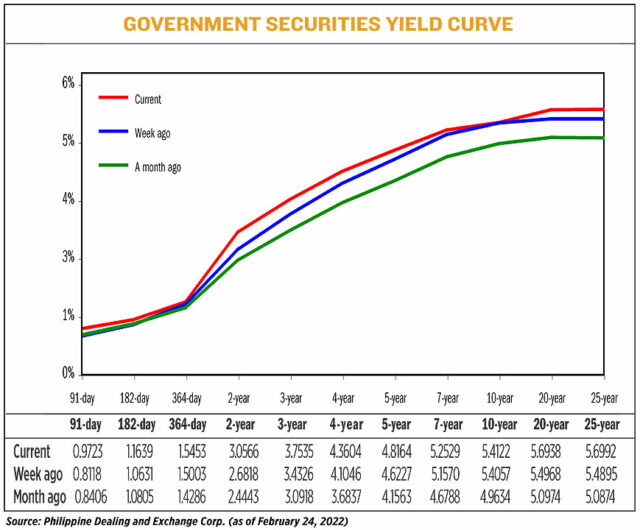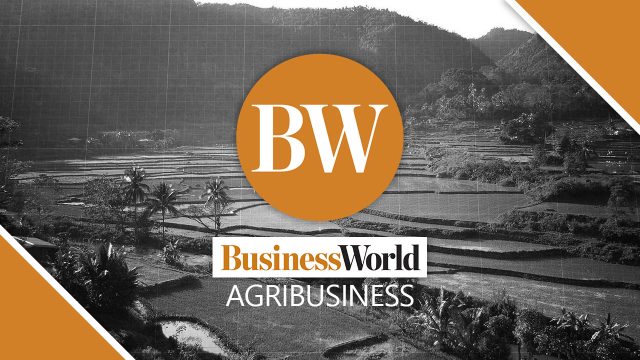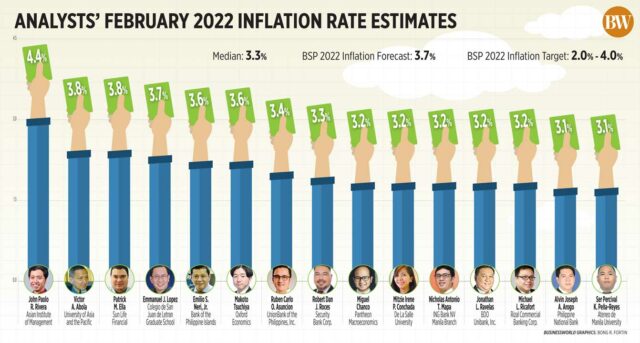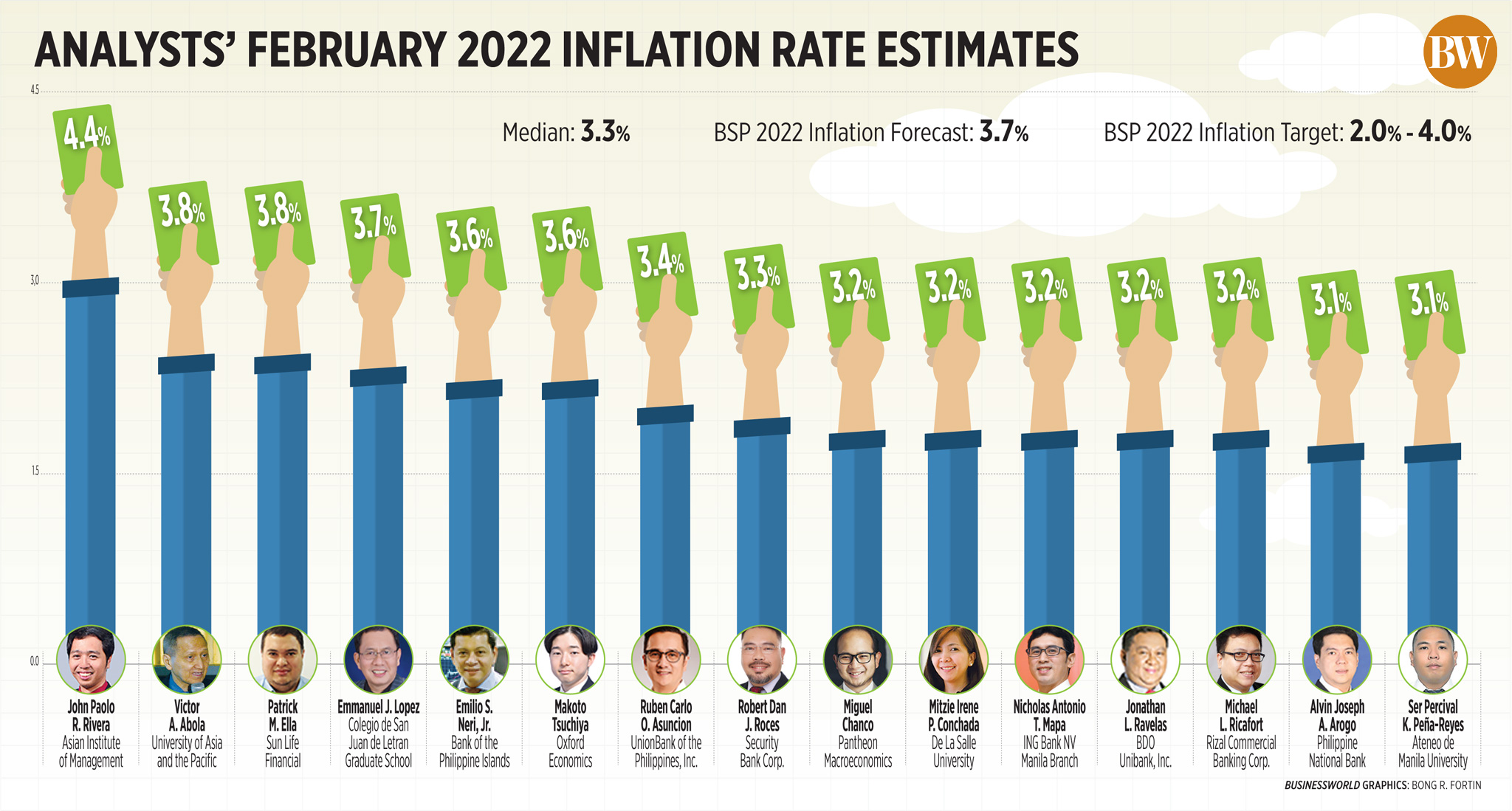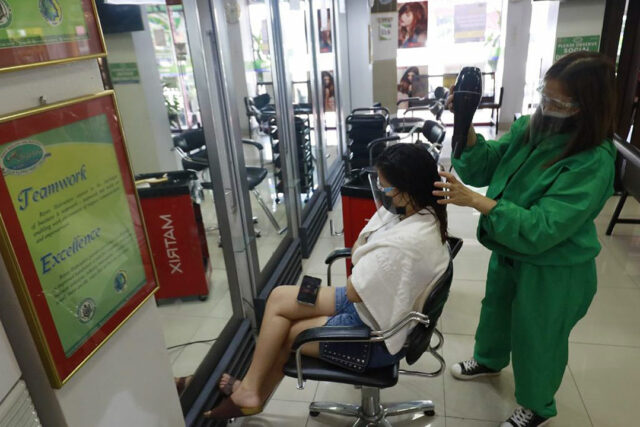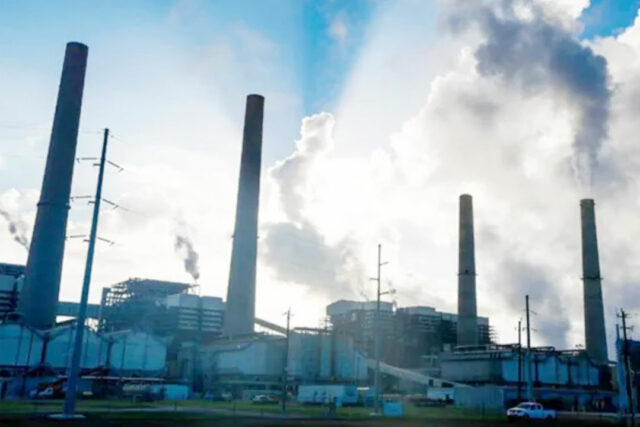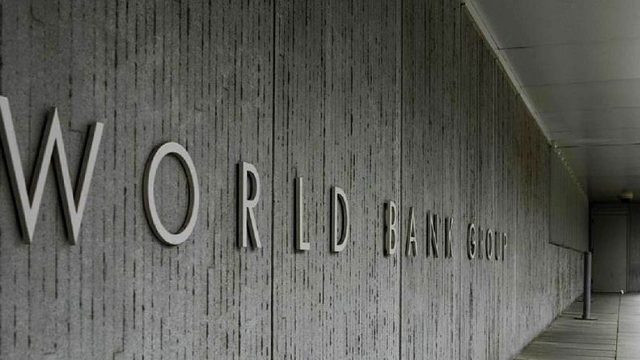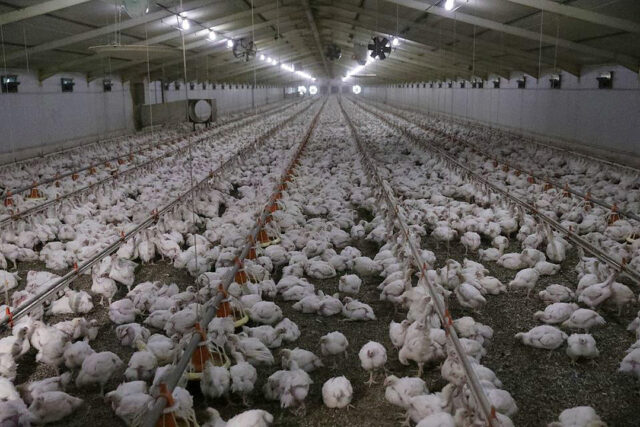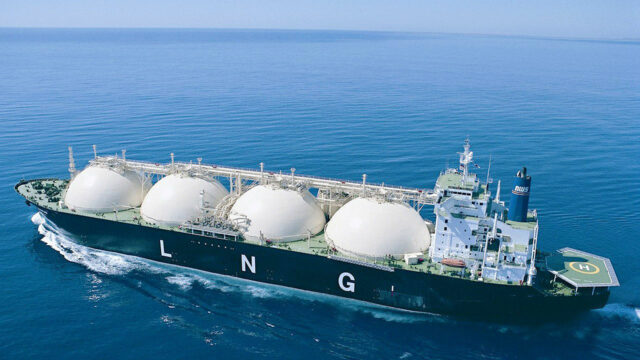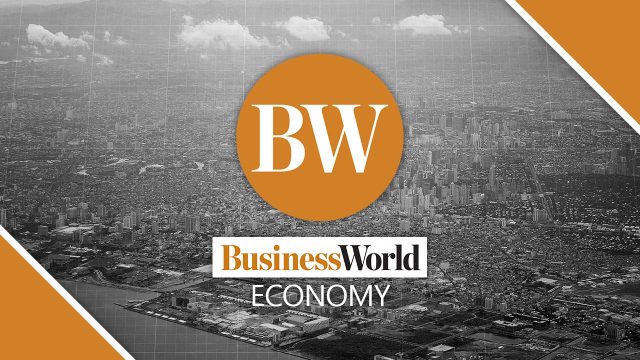Environmental, social and governance (ESG) driven approaches are rapidly becoming mainstream in the investor and corporate communities, according to the 2021 EY Global Institutional Investor Survey. This is an annual survey that the EY Global Climate Change and Sustainability services team commissioned from a third party with the main objective of examining the views of institutional investors on the use of nonfinancial information in investment decision-making.
The survey notes three important themes that stand out: (1) the COVID-19 pandemic has been a powerful ESG catalyst; (2) there is a growing focus on the transition to a net zero economy, and climate change is increasingly central to investment decision-making; and (3) better quality nonfinancial disclosures and a clearer regulatory landscape, coupled with sophisticated data analytics capabilities, will enable ESG to realize its potential.
THE COVID-19 PANDEMIC ACTING AS A POWERFUL CATALYST
Investor attitudes towards ESG have undergone a rapid evolution under the pandemic. Now it’s seen as a central element to the investor decision-making process.
The survey data shows that, since the pandemic started, 90% of investors are attaching greater importance to corporates’ ESG performance when making investment decisions, and 86% of those surveyed said that a robust ESG program impacts analysts’ recommendations.
In addition, COVID-19 has made investors more likely to divest based on poor ESG performance with 74% saying so, while around 86% said that having a strong ESG performance impacts their decision to hold on to an investment.
The way the pandemic has highlighted past and current issues on social inequality has also magnified the importance of social considerations, with consumers mobilized on social issues and investors placing a greater focus on the “S” element of ESG. The top 5 social concerns taking center stage, based on the survey, are: (1) consumer satisfaction, (2) diversity and inclusion, (3) impact on local communities, such as job creation, (4) workplace and public safety, and (5) labor standards and human rights across the value chain.
Because of this, the investment industry faces a major challenge moving forward on how to access and analyze the data required to link social impact to financial performance. Without this information, it will be difficult to achieve a comprehensive inclusion of these factors into portfolio decision-making processes.
CLIMATE CHANGE AT THE HEART OF DECISION-MAKING
When the pandemic struck, many feared that it might put an end to the growing interest of investors on climate change. This fear did not materialize.
The significant progress that happened within the investment industry stems from the fact that the pandemic provided a stark and tangible example of what can happen when we fail to tackle systemic risks in our society. Investors could see what might happen to the economy if efforts to address climate change fail. This was further compounded by the results of the Intergovernmental Panel on Climate Change’s (IPCC’s) Sixth Assessment Report (AR6), which found that without “immediate, rapid and large-scale reductions” in emissions, curbing global warming to either 1.5˚C or even 2˚C above pre-industrial levels by 2100 would be “beyond reach.”
Investors have become increasingly aware of the risks posed by climate change, and they want their investments to reflect their preferences. Since there is an increased pressure to address the impact of climate change, investors surveyed said that they are placing a significant focus on their portfolios’ exposure to climate risk, with 77% indicating that they are devoting time to evaluate the impact of physical risks, while 79% saying that they will devote time to evaluate the implications of transition risks, into their asset allocation and selection decisions.
As decarbonization is crucial to investment decision-making, and with the goal of making progress towards net zero, it is crucial that companies and investors undertake robust scenario planning. This translates the theories related to climate change impact into practice and helps ground the discussion about incorporating decarbonization factors into an organization’s strategies so that it is not just an afterthought when considering the investment opportunities or the risks involved with operations.
PERFORMANCE TRANSPARENCY AND ANALYSIS CAPABILITY IS THE FUTURE OF ESG INVESTING
While investors are considering ESG performance as central to their decision-making, there are two priorities that could help to realize its full potential.
First is the better-quality ESG data from companies and clearer regulatory landscape. These two factors allow investors to conduct a more structured and methodical evaluation of disclosures.
This is crucial as there has been an increasing concern of investors about the usefulness of key aspects of companies’ ESG disclosures, with 51% of investors saying that current nonfinancial disclosures are not able to provide insight into how companies create long-term value, which was only 41% in 2020. In addition, despite the importance of ESG performance reporting to the industry, the transparency and quality of ESG disclosures, mainly around materiality, have been an ongoing concern, where 50% of investors surveyed said that they are concerned about a lack of focus on material issues — an increase from 37% in 2020.
Moreover, investor and corporate communities are broadly aligned on the importance of uniform standards and they believe that it would be helpful if risk transparency, reporting and assurance of disclosures were mandated by policy. As much as 89% of investors surveyed said they would like to see the reporting of ESG performance measures against a set of globally consistent standards become a mandatory requirement.
What this will lead to will be higher quality disclosures around ESG performance, which in turn can underpin good business management to help build and preserve stakeholder trust. The actions relating to the formation and the formal launch of the International Sustainability Standards Board (ISSB) during COP26 is a step in the right direction to more globally consistent standards.
Second, building data analytics capabilities and improving data management would be key to helping corporates produce trusted ESG performance reporting, with investors to incorporate that insight into their investment decision-making process.
Technology and data innovation can help corporates improve the way they collect, aggregate and own their data and help investors integrate ESG data into the investment analysis.
ACTIONS FOR CORPORATES AND INVESTORS
As ESG factors play an important role in economic health and recovery, there are a number of important actions for both the corporates issuing ESG reporting and the investors that will utilize that information.
Corporates should consider (1) having a better understanding of the climate risk disclosure element of ESG reporting, since there is growing pressure for companies to do more, (2) making strategic use of the sustainability and finance functions to help inject rigor and factor in materiality into ESG reporting, mainly because investors are concerned about the veracity and credibility of companies’ ESG performance data, and (3) deepening engagement with investors and understand how nonfinancial disclosures help differentiate an entity from its competitors.
Investors should consider (1) updating investment policies and frameworks for ESG investments along-side building an ESG-driven culture, (2) updating approaches to climate risk management to understand the potential consequences of climate risks over different time horizons, and (3) putting in place a bold and forward-looking data analytics strategy.
With the increasing expectation that businesses create, protect and measure value across a broad group of its stakeholders, they can fully embrace ESG by ensuring that the risks it brings are managed and by fully taking advantage of the opportunities that come with it. This way, companies can better articulate how they are creating long-term value for all stakeholders.
This article is for general information only and is not a substitute for professional advice where the facts and circumstances warrant. The views and opinions expressed above are those of the author and do not necessarily represent the views of SGV & Co.
Katrina F. Francisco is a senior director from the Climate Change and Sustainability Services of SGV & Co.

